Hi everyone,
In this week’s podcast episode, we’ll explore the intersection between energy production and air quality in Southeast Asia, a complex, yet fascinating, topic which encapsulates multiple challenges ranging from climate action, transition to clean energy and social justice.
Air pollution is a silent killer whose health impacts concern almost every one of us. In 2019, the World Health Organisation (WHO) estimated that more than 90% of the global population lived in areas where concentrations exceeded the 2005 WHO air quality guideline for long term exposure to PM₂.₅.
The health risks associated with particulate matter equal or smaller than 10 and 2.5 microns (µm) in diameter (PM₁₀ and PM₂.₅, respectively) are of particular public health relevance. Both PM₂.₅ and PM₁₀ are capable of penetrating deep into the lungs but PM₂.₅ can even enter the bloodstream, primarily resulting in cardiovascular and respiratory impacts, and also affecting other organs.
In order to unpack the complexity of air pollution, I met with Isabella Suarez, Southeast Asia Analyst at the Centre for Research on Energy and Clean Air (CREA).
CREA is an independent research organisation that focuses on revealing the trends, causes, and health impacts, as well as the solutions to air pollution.
Using scientific data and evidence, Isabella’s research focuses on how modern, clean energy technologies are key to improving air quality, the energy transition and the protection of public health in the Southeast Asia region.
The WHO considers that Southeast Asia has an annual burden of 2.4 million premature deaths from air pollution. In Southeast Asia, as in other parts of the world, Particulate Matter (PM) is primarily generated by fuel combustion in different sectors, including transport, energy, households, industry, and from agriculture.
With Isabella, we go back to the roots of air pollution in Southeast Asia and investigate the intersection between energy and clean air.
How’s the current energy mix in Southeast Asia, heavy on fossil fuels, impacting air pollution in cities?
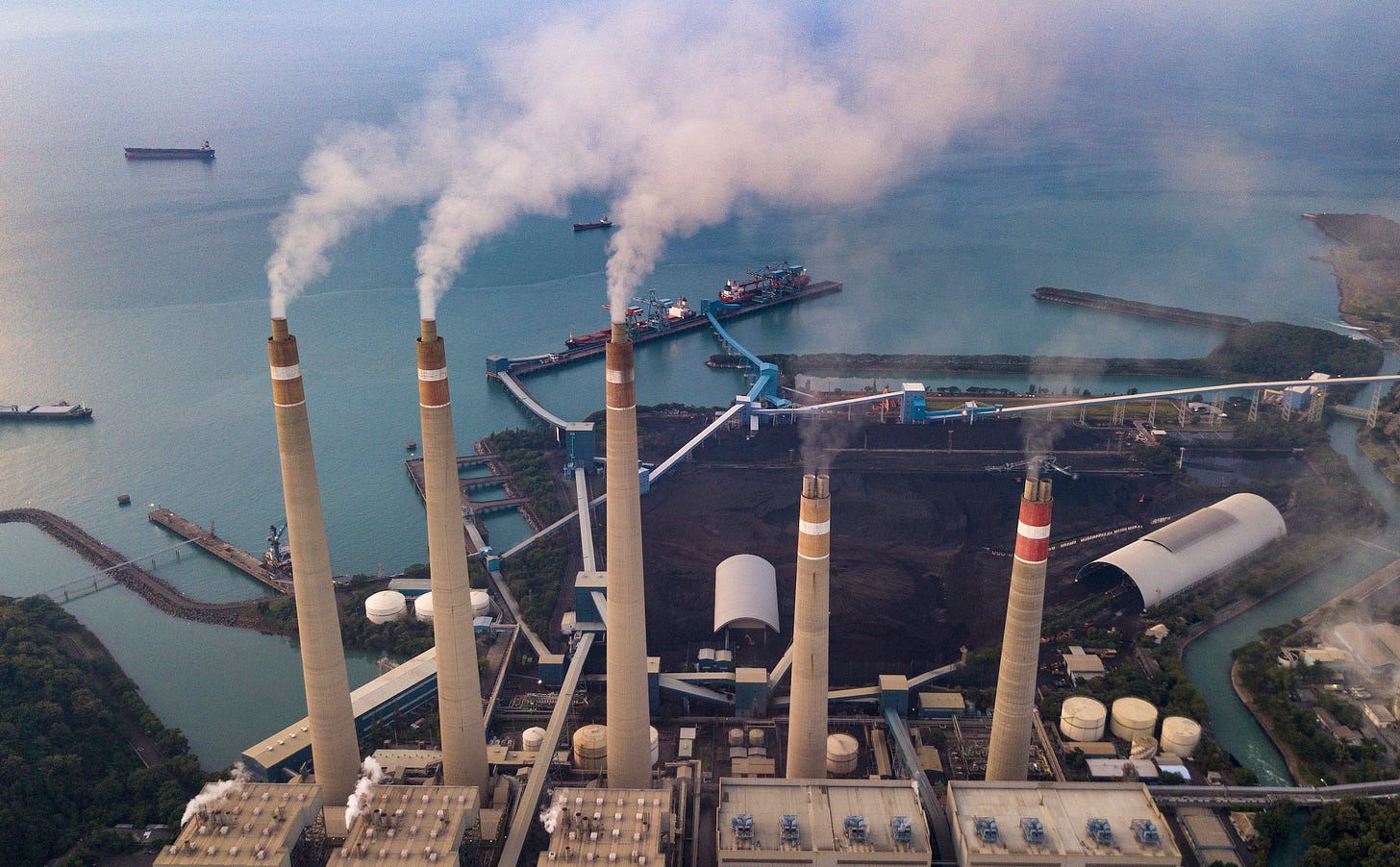
We also take stock of the latest clean energy policies in the region and discuss their potential impacts on air quality and social justice. As the technologies required to plan for the future of energy will be diverse, it is crucial to ensure that clean energy policies don't have inequitable impacts on the most marginalised communities.
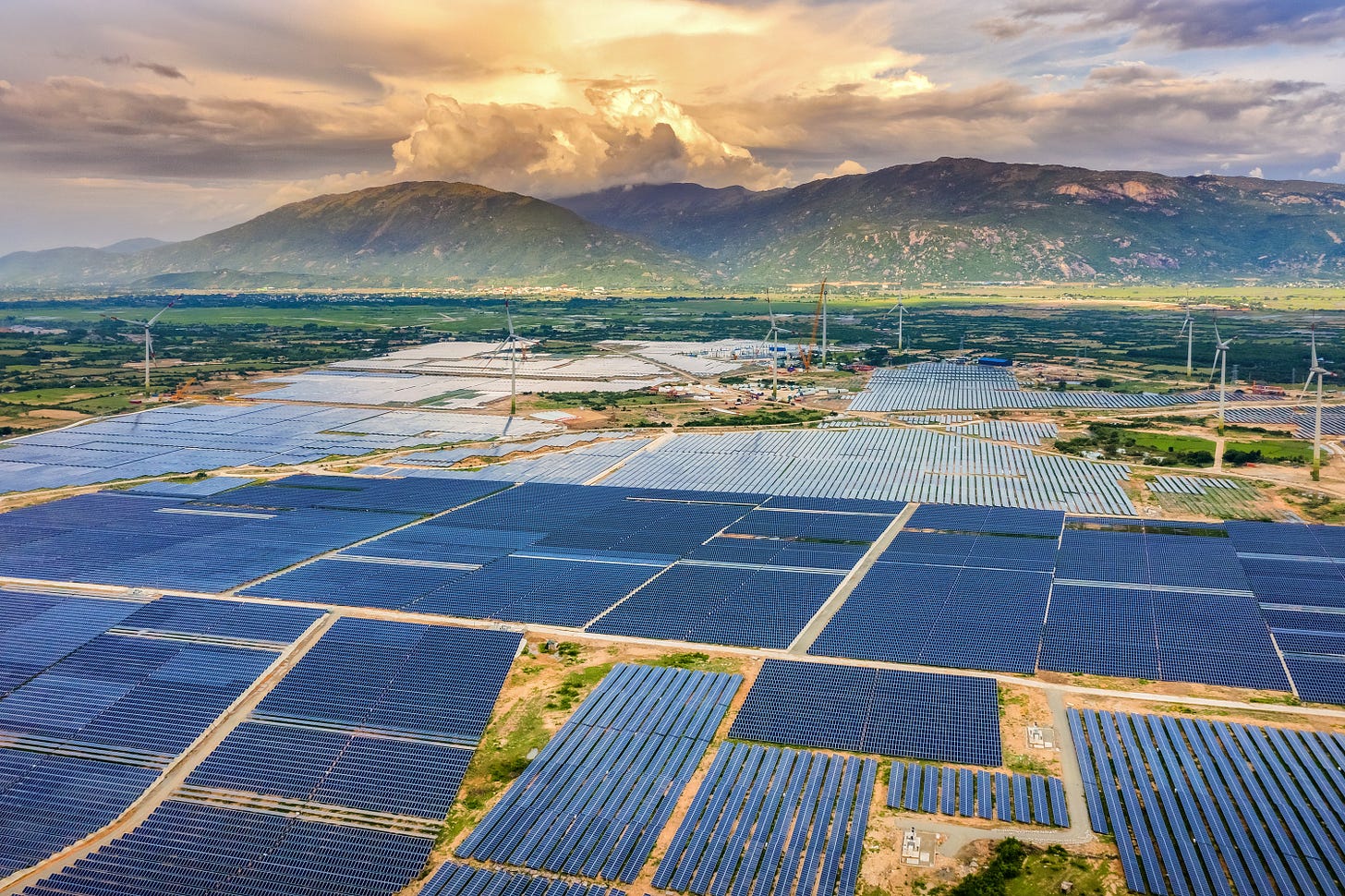
I hope you’ll enjoy the episode and learn a thing or two. Feel free to share this issue & podcast episode around you or drop it in one of your company’s Slack channels.
And subscribe now so you don’t miss the next issue!
🧐 If you want to learn more
How Asia is crucial in the battle against climate change Whether the climate can ever be stabilised depends largely on Asia.
New research links Asia's air pollution with heavy economic impacts, thousands of premature deaths The economic and health effects of prolonged ar pollution in major Asian cities is an area of growing concern, and researchers appear to have made headway in quantifying the economic cost and premature deaths linked to bad air.
Air pollution: Asia's deadliest public health crisis isn't COVID As governments fail to curb the world's worst air, millions are dying avoidable deaths.
New WHO Global Air Quality Guidelines aim to save millions of lives from air pollution Air pollution is one of the biggest environmental threats to human health, alongside climate change.
Why the shift to renewable energy in Southeast Asia is patchy Most of Southeast Asia’s growth in renewable energy has been concentrated in Vietnam and Thailand.
That’s it for today. As usual, a small 💚 at the bottom of this page goes a long way.
Thanks for your support and, for those celebrating, I wish you a merry Christmas🎄Cities in Mind will be back early Jan 2022, fully charged and with an exciting line-up of topics and speakers. Stay tuned.






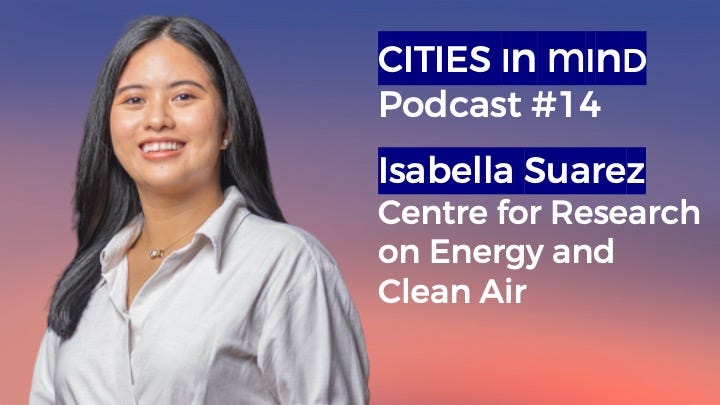

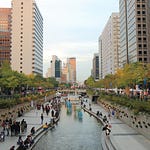


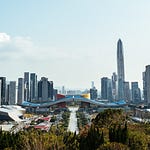



Share this post